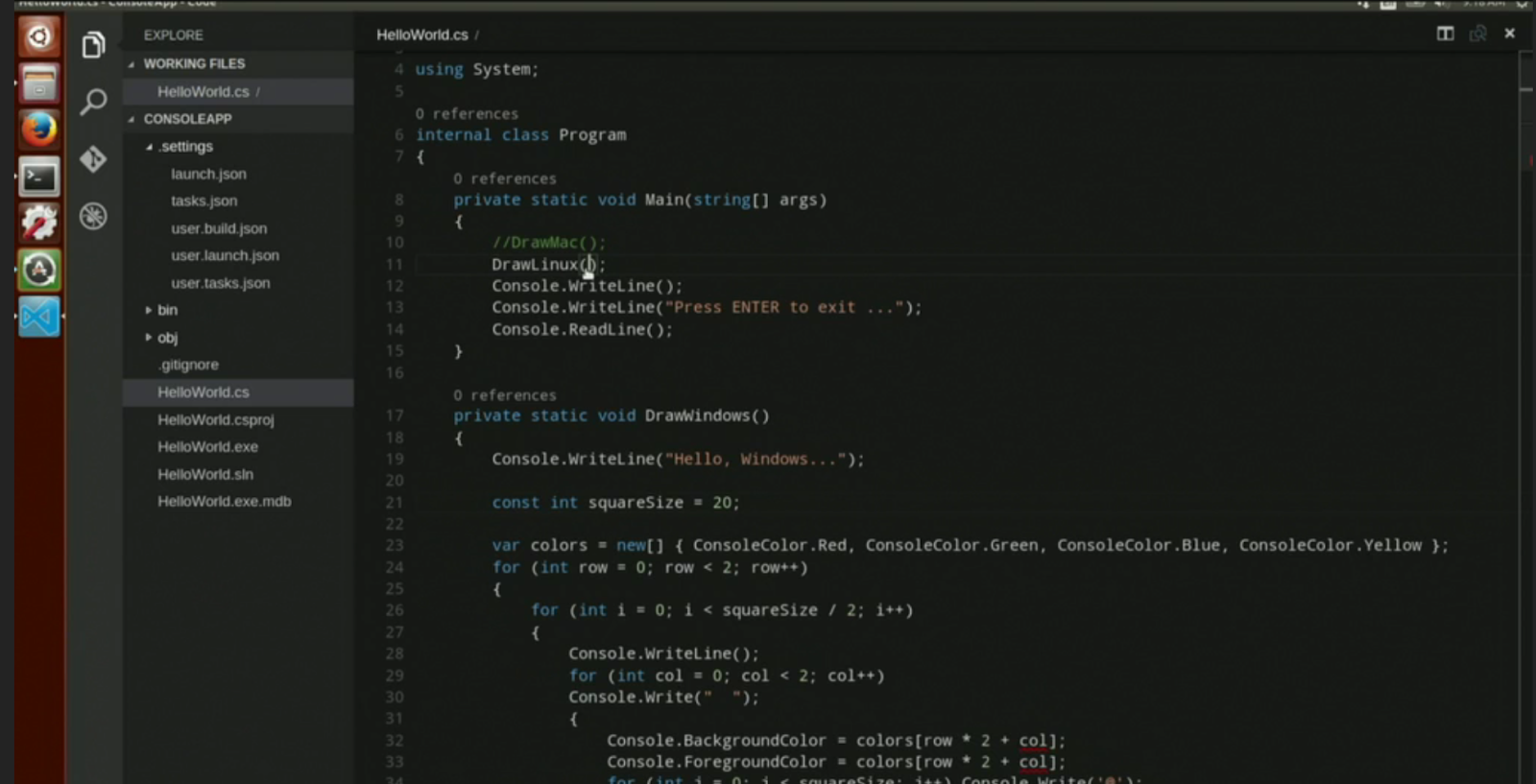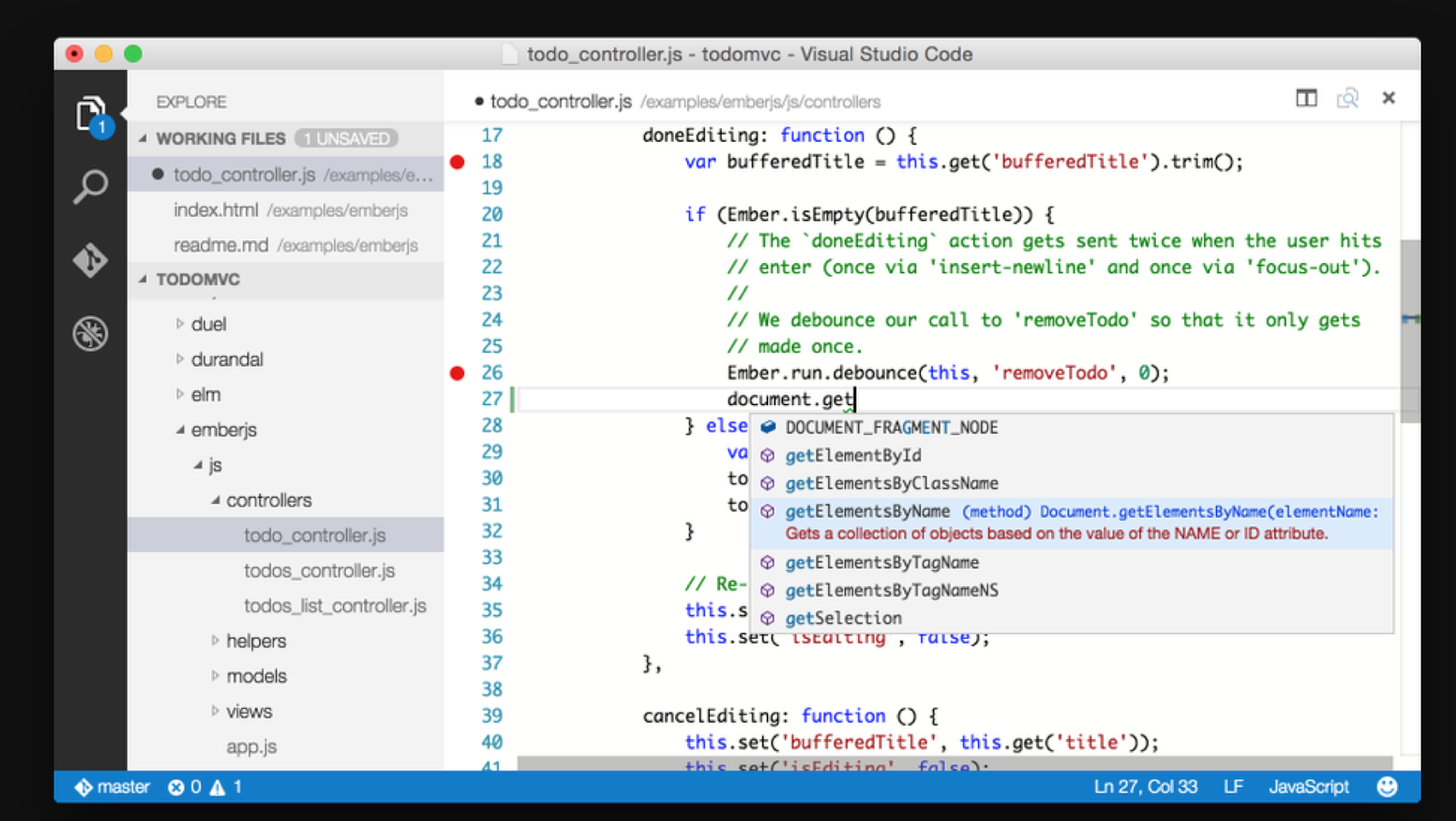Our aim is to introduce an effective and efficient system to
UCSC WASN and Robotics lab instead of its general procedure which is currently
used, in order to manage the lab activities and allocate important resources.
Also allocate equipments them who are currently doing projects.
UCSC (University of Colombo School of Computing) was started
in 2002 and WASN (Wireless ad-hoc and sensor network) and robotic labs are one
of the most important labs in this faculty. This lab supply equipment to group
projects and researches, but for do this process it is hard to find out
equipments, research & students’ details.
This web application can be
accessed through the Internet by user. User can
be different and they can access
to the system according to their authorization
levels.
At the very beginning phases we
gathered information about the current
functional procedures of the WASN
and Robotic lab, work flow of each
procedure, managing lab resources
and equipment, collect details about the
lab resources, Facility to store
and retrieve Information about researches. And
about the problems the users faced in working with
the existing system.
The
Goal and Objectives:
·
Managing the activities of WASN and Robotics lab and allocating lab
resources methodically
·
To collect the details of the lab equipment and the update the
information conveniently
·
Manage group project activities in Lab.
·
Facility to store and retrieve Information about researches
·
Make a good way to communicate with students, past students, etc.
·
Collaborate with past students and getting their ideas support.
·
Make a lab report easily.
Main
functionalities of the system:
·
A public interface to introduce the lab and its functions including
notices and collaboration opportunities
·
Different user categories having different roles and authorization
levels
·
Keep details (including vendors) of equipment and other hardware items
in the lab under different categorizations (consumable and inventory, tools,
electronic modules, etc.)
·
Keep a list of vendors and a wish list of items
·
Track the use and condition of equipment and hardware items
·
Allow users to create blog discussions about certain equipment and
hardware items, e.g., how to use the Arduino motor shield
·
Registering students to the lab and handle communication between
students and administrators
·
Allow lab administrator to create schedules for lab practical including
allocation of hardware items and to inform students about schedules
·
Produce various reports
·
An interface to connect past students to the lab including project
ideas, comments, and other support
Overview of the
system:
This system will be developed to
fulfill user requirements which we
identified. Some requirements
which we identified as major requirements are
mentioned below.
·
Actor’s
and lab details handling.
·
Managing
and accessing details of resource people.
·
Managing
clients’ requirements
·
This
web application can be accessed through the Internet by user
·
User
can be different and they can access to the system according to their
authorization
levels.
· This lab supply equipment to group projects and researches.


















